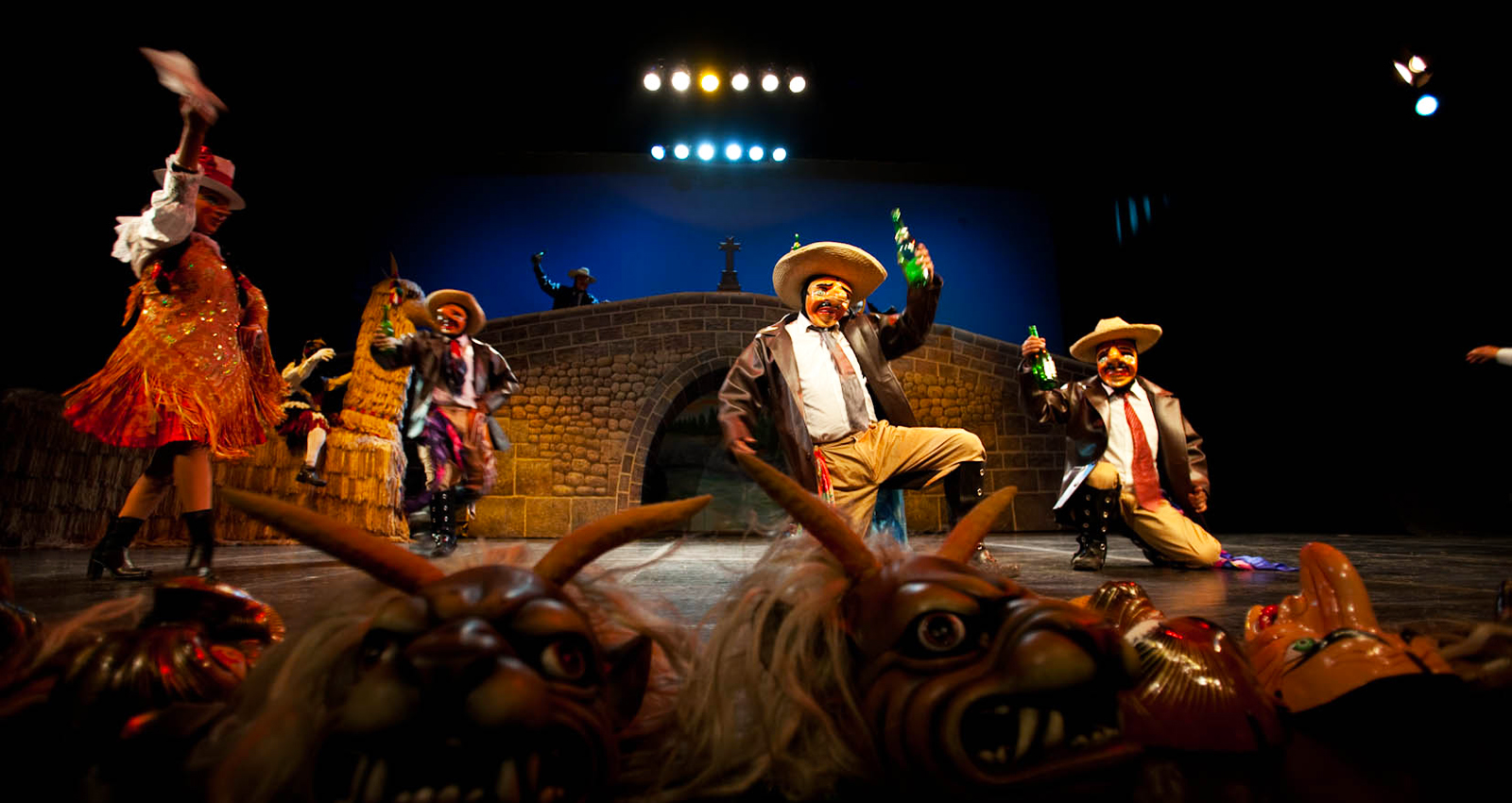Cusco offers a wide range of tourist attractions that sometimes due to the tightness of our itinerary we have the feeling that we have not seen all or at least the most outstanding places. Beyond our visit to the wonder of the world Machu Picchu, it is worth making a time to visit the city of Cusco, being one of the best options to take the city tour visiting its main attractions.
This trip usually starts in the afternoon between 1:00 and 2:00 pm, the first place to visit will be the impressive cathedral of Cusco, a place that houses hundreds of paintings of the Escuela Cusqueña, gold and silver objects and sculptures of christian saints, among them stands out a brown-skin Christ with clear Andean factions, the Lord of the tremors or "Taytacha de los Temblores" as people of Cusco call him. According to tradition, he is the patron saint of the city since 1650, when he calmed one of the most devastating earthquakes for the city.
Then we’ll head to Coricancha or Recinto de Oro (in spanish), it was the main temple of the city of Cusco. According to the chronicles, its walls and passageways were covered with gold and silver plates, which aroused the greed of the spaniards who looted all the place upon their arrival in Cusco.
During our visit we will be able to appreciate Inca walls perfectly carved and placed one on another that gives the impression of being a single piece. The Incas knew several techniques to make their works so perfect, as result of the knowledge acquired of cultures before them. Inside the Coricancha you can now see a group of stones that give us testimony of how the rock was worked and how they were united with each other. We will also be able to see the sites of veneration to the Quilla (moon), the stars and to the "solar drum" or temple of the Sun. This place is where the Inti (sun) was venerated.
When the Spaniards arrived here they established the church of Santo Domingo and its convent of which you can visit a picture gallery where there are paintings of the Cusco school and several sculptures of virgins and catholic saints, among them stands out the Virgen del Rosario whose particularity is that she carries a corn in his hands, which gives Andean connotation to be related to "Mama Sara" which is one of the most revered products in the Andes. The cost to enter this museum is S / 10.00 and you can buy it at the entrance door.
At the end of this visit we will take the bus to Sacsayhuaman, which is outside the city. On the way we will pass through San Cristobal plaza from where we will have a panoramic view of Cusco's Plaza de Armas. Sacsayhuaman was a place of veneration like the Coricancha in the Inca period, and according to some people even more important than this latter.
In Sacsayhuaman there were places where the lightning and the rainbows were worshiped, that were also important Andean deities. The original name of this place has been lost in time since the current name of "Sacsayhuaman" comes from the massacre of the Spanish against the Forces of Manco Inca and the Inca resistance to recover the city of Cusco. The chroniclers indicate that it was such a massacre that hundreds of corpses were left lying on the pampa that the birds of prey descended to eat them, from there the translation of Sacsa (satiated) and Huaman (falcon). Nowadays only the ruins of this important place can be appreciated since the stones were used for the construction of the churches of Cusco including the Cathedral.
The next place to visit is just a few meters away, Qenqo (labyrinth) as it resembles a small labyrinth where you can appreciate underground chambers and zigzag shaped figures carved into the rock. It is believed to be a center of worship to the water, although it is also presumed to be the last resting place of the Inca Pachacuteq.
The trip will continue to Puca Pucara (Red Fortress) which is an archeological center of military and administrative character. In this place was held in Inca times, the ceremony of the Warachicuy (Inca graduation ceremony) which currently a representation is made on September in Sacsayhuaman. Puka Pukara also served as a checkpoint for people coming from the Sacred Valley and wished to enter the sacred city of Cusco.
Just a few steps from Puca Pucara is located Tambomachay, which is the last place to visit in this tour. It was clearly a place of veneration to the water where you can see the great work in hydraulic engineering of the Incas as it has two water fountains perfectly carved by where the water flows from the nearby lagoons. It is said that in Inca times in this place people who wanted to enter Cusco should first perform a ceremony of cleansing the body and soul with the help of the waters that exist in the place.
After the visit to Tambomachay, we return to Cusco, on the way making a stop at the artisan shops to buy some souvenirs. To visit the last 4 archaeological centers you must buy the Tourist Ticket.
You also could make this tour by yourself but, considering the time and money spent, taking different buses from one place to another, it is better hire a tour with a travel agency. Inca World Peru offers you a tourist transportation and a specialized guide with high quality of information from each place that you'll visit.
Inca World Peru
